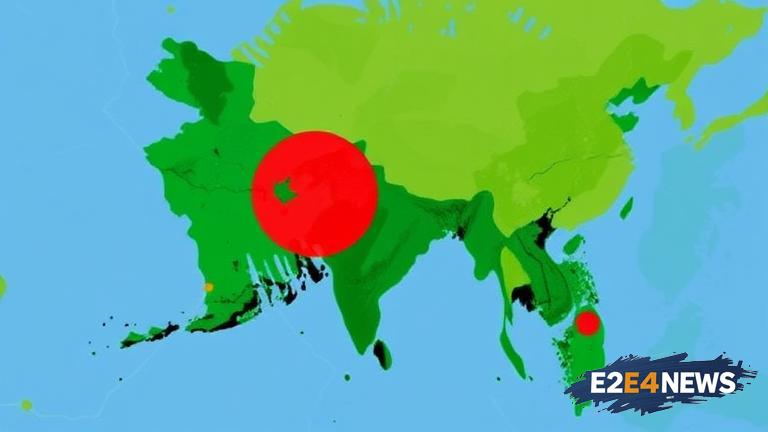Bangladesh’s economy has been on a steady growth trajectory, with the country’s GDP growing at an average rate of 6% per annum over the past decade. The textile industry has been a major driver of this growth, with exports of readymade garments and other textile products accounting for over 80% of the country’s total exports. Remittances from Bangladeshi workers abroad have also played a significant role in boosting the economy, with over $15 billion in remittances received in 2020 alone. Foreign investment has also been on the rise, with many multinational companies setting up operations in the country. The government has implemented various policies to encourage foreign investment, including the establishment of special economic zones and the provision of tax incentives. The country’s infrastructure has also been improved, with the construction of new roads, bridges, and ports. The energy sector has also seen significant investment, with the development of new power plants and the expansion of the national grid. The agricultural sector has also been a major contributor to the economy, with the country being self-sufficient in food production. The government has also implemented various initiatives to promote entrepreneurship and small and medium-sized enterprises (SMEs). The country’s IT sector has also seen significant growth, with many local companies providing software development and other IT services to clients around the world. The tourism industry has also been growing, with many visitors attracted to the country’s rich cultural heritage and natural beauty. The government has also implemented various initiatives to promote the development of the country’s human resources, including the establishment of new universities and training institutions. The country’s healthcare system has also been improved, with the construction of new hospitals and the expansion of healthcare services. The government has also implemented various initiatives to promote the development of the country’s financial sector, including the establishment of new banks and the expansion of microfinance services. Despite these achievements, the country still faces many challenges, including poverty, corruption, and infrastructure constraints. The government has also implemented various initiatives to address these challenges, including the establishment of a national anti-corruption commission and the implementation of various poverty reduction programs. The country’s economic growth has also been driven by the growth of the middle class, with many Bangladeshi consumers increasingly demanding higher-quality goods and services. The country’s e-commerce sector has also seen significant growth, with many local companies providing online shopping and other e-commerce services. The government has also implemented various initiatives to promote the development of the country’s digital economy, including the establishment of a national ICT policy and the implementation of various initiatives to promote the use of technology in education and other sectors. Overall, Bangladesh’s economic growth has been driven by a combination of factors, including textile exports, remittances, foreign investment, and government initiatives to promote entrepreneurship, human resources development, and infrastructure improvement.
